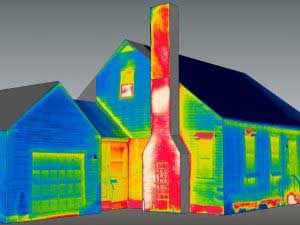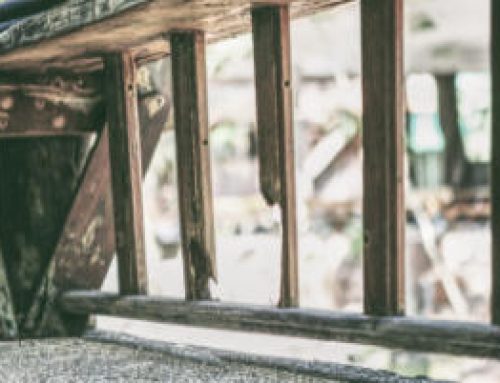Matthew Furlong has earned a Level 1 Certified Infrared Thermographer Certificate. To earn this certificate, Furlong completed a 32-hour in-person course that walked students through the theory, laws, and physics of electromagnetic radiation, or heat energy. Practical experiments using thermography and the thermographic equipment were performed as part of the training.
earn this certificate, Furlong completed a 32-hour in-person course that walked students through the theory, laws, and physics of electromagnetic radiation, or heat energy. Practical experiments using thermography and the thermographic equipment were performed as part of the training.
The course teaches the application of qualitative thermal imaging on condition assessment and monitoring, quality assurance, forensic investigations and building sciences. It covers infrared theory, heat transfer concepts, compliance to standards, equipment selection and operation, image analysis and how to generate reports.
Students are trained to identify and document thermal patterns in electrical, mechanical, steam and refractory systems; piping; building envelopes; flat roofs; and active thermography caused by improper design or workmanship, or material failure.
What is Thermography?
Infrared thermography, also known as thermal imaging, is used to detect heat patterns in living beings or objects within its frame, using a special thermal imaging camera. Heat ranges are displayed in an easily-translated image, and often measured within the image. It uncovers data that is undetectable by the human eye.
Since different materials reflect heat in unique ways, it is important for the person operating the camera to have training and experience in the field of thermography.
New Uses for Infrared Thermography
The utilization of thermal imaging cameras is growing in popularity and is becoming essential in new ways, like monitoring people’s temperatures within a building. This can help prevent the spread of COVID-19 in hospitals, retail establishments, airports, and other places where people congregate.
In the past, close contact was required to take someone’s temperature. The thermal cameras are designed to detect infrared radiation, even from a distance, and display it as an image. Often, they are set up at a point of entry, as in a doorway, to screen people entering the building. A quick stop at a marked point offers a speedy screening.
Another use for the thermographic technology is to monitor the number of people within a space. This can help to prevent overcrowding and maintain social distancing standards. When occupancy limits are reached, the monitor is alerted.
Read more about thermal imaging in “Solutions for a Post-COVID World.”
In construction, thermography can locate flaws in construction assembly by pinpointing heat flow, hot or cold spots, or drafts that indicate a lack of proper insulation, leading to better design for energy efficiency. An energy audit can be performed through thermal imaging to indicate problem areas.
In addition, thermography can be used to find swarms of insects behind walls, electrical faults, or areas where water damage or plumbing leaks have occurred.
For Thermal Imaging Testing, Contact Först Consulting Group
Först Consulting Group can provide Thermal Imaging Testing for residential or commercial inspection. This is a non-invasive technology that enables our trained technician to detect and report on issues that cannot be observed through our normal senses.
To learn more about thermal imaging, or to schedule a forensic thermography investigation, contact Matthew Furlong at Först Consulting Group.
Read our post on: “Hot Spot Testing Through Thermal Imaging“


